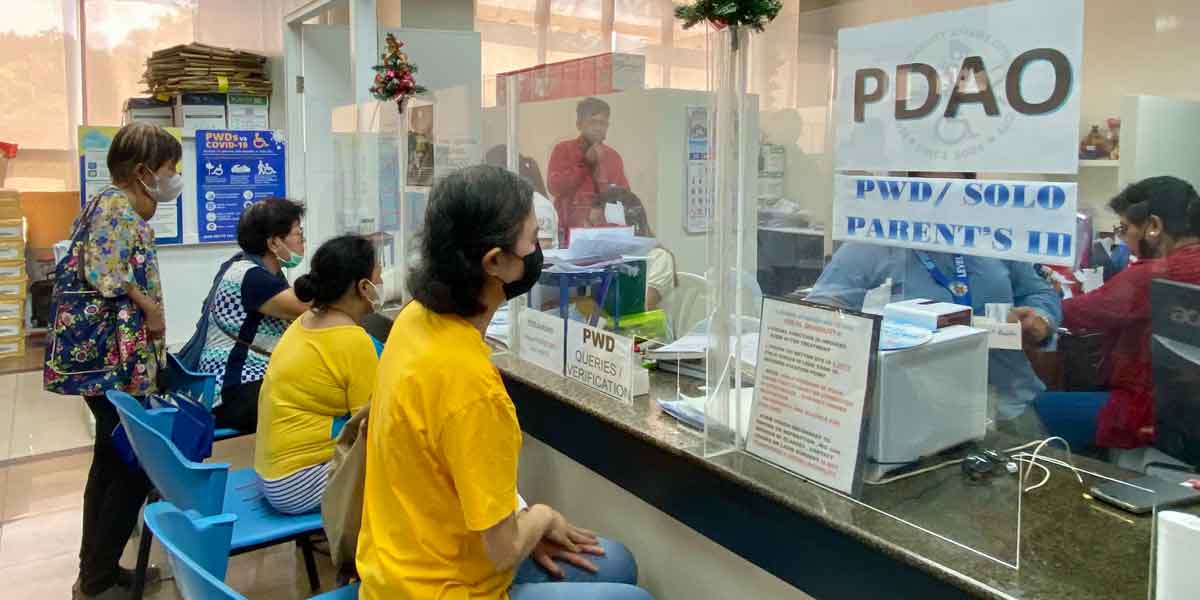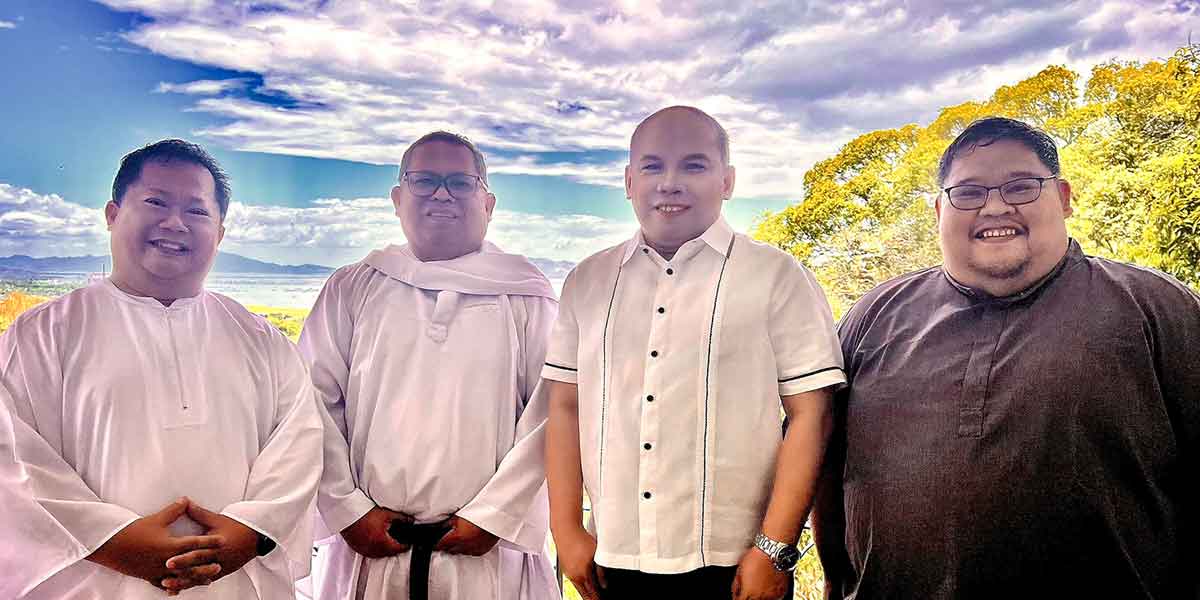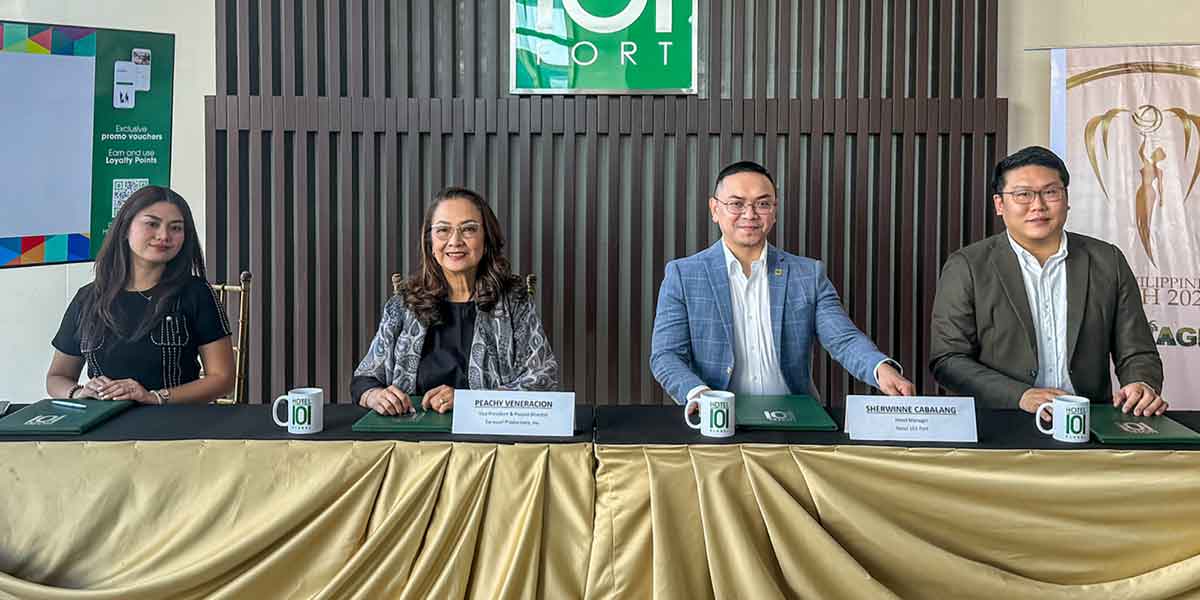By: Edmund S. Tayao
ALL hands on deck is the proverbial saying when everyone, every resource is needed to accomplish a task. This is often said by the British, especially when only half the time is left. There are only 3 years left in President Duterte’s term, the last half of this presidency and there’s so much more to be done.
It is thus expected that the leadership in Congress, in both houses, could not be more critical than in these last 3 years. This is true in every presidency, including all those who came before President Duterte. The midterm elections serve as a renewal of the mandate given 3 years back and is thus considered a referendum by the people, regardless of whether many approve the direction taken by the administration. The result, as what we have already seen, is a resounding yes to the administration. It was the first time in the history of midterm elections where no opposition candidate won a seat in the Senate.
Even at the outset, it was already clear that the opposition was remarkably weak. It could not even complete a slate of 12, and the campaign even showed divisions within its ranks. Of course, many have come to explain that it was no match against the resources of the administration since the incumbent’s candidates enjoy the resources of government, even the support of the usual benefactors.
On the other hand, we have seen how it was before, when even with the supposed tremendous advantage of the administration, the opposition always won seats, even getting a majority. In 2007 for example, 8 opposition candidates for the Senate won and only 2 administration candidates made it. The situation then was similar in that it was actually difficult to say whether one was really with the administration or the opposition, hence the title adopted by the opposition slate, i.e. “Genuine Opposition”. The difference, of course, is in the popularity of the sitting president.
President Duterte simply enjoys unprecedented popularity, surpassing all those who came before him. And this popularity keeps on increasing even now in his waning years, recently reaching as high as 87%. How can you argue against this? It cannot just be rhetoric and propaganda that sustain these numbers. It is in fact foolhardy for the critics to insist that the people have become so dumb to support this President. Instead of getting people on their side, all the more these critics are being alienated. It gives away the rather consistent elitist take on politics and governance. No particular section or class in society at any given time has the monopoly of what is right and wrong.
Much has already been accomplished. I mentioned some in my previous column. But much more remains to be done, such as the house cleaning the president has set out to do: the drug war; campaign against corruption; upgrading of public facilities, including ports and airports; boosting the morale of government workers, teachers and uniformed service, increasing not only their pay but even adding more benefits and improving the capacity of the security services, the police and the armed forces. Many more are still continuing and far from complete. In the first place, these should always be a continuing effort by any government and of any administration. Advancement is, after all, a never-ending objective of government service.
SYSTEMIC REFORMS: THE CASE OF BARMM
The important question, however, is how can all of these improvements be sustained? And this is the other half of the president’s program of action set out during the campaign: to put into place far-reaching reforms, systemic reforms. These are in fact the more difficult reforms as they entail changing the rules of the game.
This is the essence of the federalism initiative or simply the objective of revising the 1987 Philippine Constitution. All are supposed to be stakeholders in this particular endeavor and so everyone is supposed to take part in the whole process. The key stakeholders here, on the other hand, are those who have always benefited from the existing system and therefore would not be inclined to support any change. These are the very people who serve as gatekeepers to reforms; without their participation, nothing can be done.
System change is far-reaching as the implications of whether it happens or not are far-reaching. The establishment of the Bangsamoro Autonomous Region in Muslim Mindanao (BARMM) in place of the Autonomous Region in Muslim Mindanao (ARMM) is a fundamental component of these far-reaching reforms. This is a victory not only for the people of Mindanao but for the whole country.
This time, the BARMM governance mechanism is more inclusive and the regional government is made more powerful. And this has always been a priority of the president, which he mentions almost always along with the campaign against drugs and corruption in government. He could not have been more unequivocal with this objective, which is to finally put an end to the long-drawn-out conflict in the region. There is so much expectation now since the key consideration this time is development because the lack of it has been identified as the single important reason why conflict continues in the region.
How sure are we that BARMM will remain when the president’s term ends? Again, I can only hear the naysayers, the unreasonably opinionated, even the demagogues, all saying, it is already there, existing so there is no question it will remain even if we already have a new president. For those who have been closely watching, there is every reason to ask this question.
Have we heard from the Supreme Court on the still-pending case questioning the constitutionality of Republic Act 11054, the law creating the BARMM? The parties to the case were at one time preparing for oral arguments only to be advised by the court that there’ll be no more need for it. Now, it is still pending in the high court and is considered submitted for resolution. I was asking an authority in this regard and was told that the court may be taking its time to decide on the matter. Whatever the speculation is in this regard, the bottom line is that it is still a pending case in court. We should remember that there are cases where the court even changed its ruling several times, putting governments in limbo. Consider the case of the 16 cities before.
I am no lawyer but my simple reading of Article X of the 1987 Constitution is plain and simple: there are only 2 kinds of governments in the country, the national and local governments. Even with lawyers, and this is but expected even in other countries, there are as many opinions on the matter as probably there are lawyers. What I can just consider in the constitution is that there is a special mention of “autonomous regions in Muslim Mindanao and the Cordilleras”, including procedures for its creation and the legislative powers that may be given to it by law, but still, it is under the same article as “local governments”. They are autonomous regions, but how are they different or the same as local governments? How much leeway is there to argue more on the side of difference when it is under the same article, which is quite categorical, “local governments”?
Now, let’s say I’m wrong, and I actually hope I’m wrong and that there should be no doubt that RA 11054 is constitutional. Does that mean then that BARMM will remain and that, more importantly, it will be able to operate according to its mandate? There is now so much talk about intergovernmental relations (IGR), which is a way to institutionalize relations, including of course the dynamics with the national government and its leaders. There is no doubt this is key in making sure that BARMM will in fact be effective and able to accomplish what the ARMM failed to accomplish.
But what are the key considerations in giving substance to IGR? We have to actually ask the most important question in this regard. How much institutionalization is possible under the existing set-up or under the prevailing political system and form of government? We remain unitary. On top of that, we remain very presidential. If we consider BARMM to be a local government, yet a special kind under the existing form of government, can we not expect that its treatment will likewise be “special”? If the treatment is “special”, how much of it is a result of institutionalization and how much is dependent on the leaders?
As it is now, we already see the kind of IGR in place. We only have to ask about the release of the budget to the new regional government. Of course, it is still largely in the organizing or reorganizing stage but the question remains: how much influence does the national government or national leaders have over the regional government?
Others will perhaps answer by saying that it all depends on the leader. And they say this because they may be expecting that because of the sustained popularity of the President, it is likely that whoever will be the administration’s bet will be the next president. Therefore, the next President will be as supportive of Mindanao and regional development, of maintaining the peace. But this is another question entirely. Which is why I asked at the outset whether all hands are, in fact, on deck.
(The author is a professor of Modern Local Governance at the Ateneo School of Government.)



















